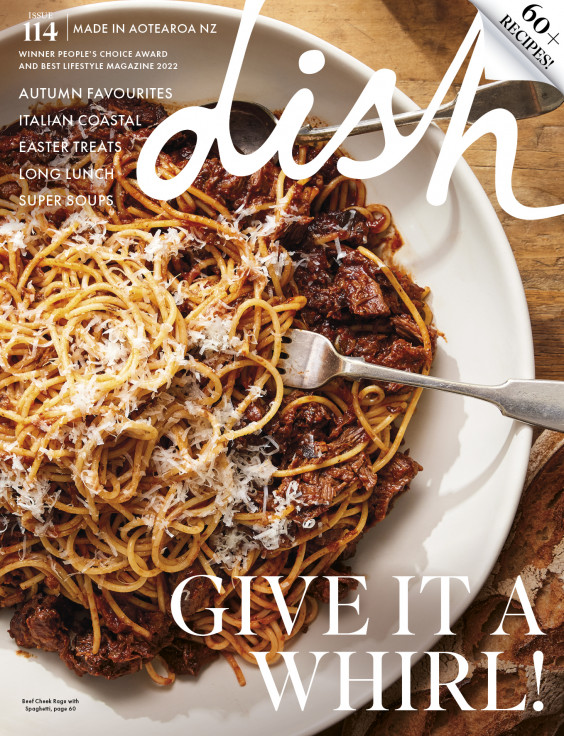The Refreshing Taste of Tradition
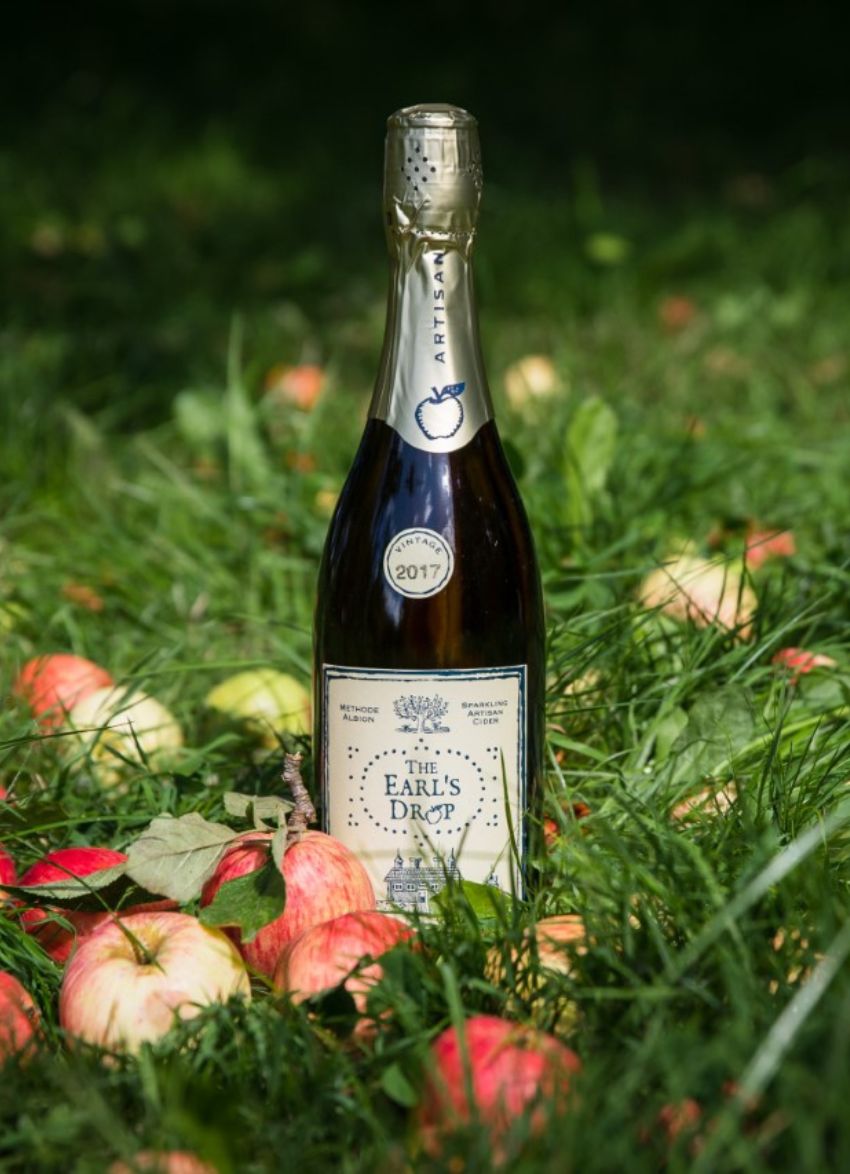
TeePee Cider’s Trevor FitzJohn takes his passion for cider-making to a historical level.
Many of us pine for the good old days – whether of our youth, our favourite bands and musicians or even sports teams. But reliving those times is often mere fantasy. Not for Trevor FitzJohn, however; he has painstakingly re-created the entire cider-making process as it was during the golden age... over 300 years ago!
As I’ll explain later, TeePee Cider’s The Earl’s Drop is presented more like Champagne than cider as most people know it. The bottle is darkly coloured to protect the cider from exposure to sunlight, and the neck is wrapped in foil. Instead of a cork, though, it comes with what’s known as a Zork, an environmentally friendly alternative often used for sparkling wine.
The Earl’s Drop is a dry, crisp and refreshing drink – one I wasn’t quite expecting. Admittedly, my knowledge of ciders is limited, but I’ve always been led to believe that they are sweet. Not so. The Earl’s Drop leans more to the bitter side of the taste spectrum, almost like a beer but lighter. There’s almost no aftertaste, and like a train hastily speeding past its next station, once it’s gone, it’s gone. And I like that about the Earl’s Drop. It’s easily drinkable and not overpowering, you could drink it with pretty much anything in my opinion, but I must say that the roast lamb I was eating at the time did pair superbly with it.
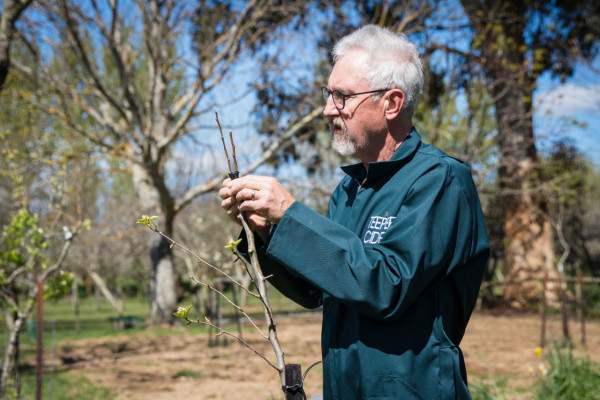
So, how did we (or the cider at least) get here? You could say that it started in a Newcastle student bar, where a young Trevor FitzJohn fancied himself a cider over the local brand of beer that was presumably being consumed by the gallon by other university-goers. Fast forward a few decades, and Trevor co-founded a successful radiology business in Wellington, at one point going toe-to-toe with Sir Peter Jackson for the biggest data requirements in the country during the filming of the original Lord of the Rings trilogy. Around this time, Trevor also purchased a little country cottage in the Wairarapa with substantial amounts of land fit for an orchard. And while cider making began merely as a hobby, like the 120 trees he planted at his private Beau Vista Orchard, it soon grew into a full-fledged business, which he has completely devoted himself to since his retirement from radiology.
Trevor’s passion has also intersected with his love of history. “I've got a collection of several thousand books. I love history. Lots of old ones, I've got books going back until the 1588s in the collection. That's a book on pruning and apple trees, would you believe,” he says. And it’s this shared passion that has led him to pursue cider-making in the tradition of the ‘golden age’, a period of cider-making in Britain from 1600-1700 as made by the English gentry and championed by Lord Scudamore who used it in his diplomatic career. “It was always of interest to me, why there was this sort of golden age of cider making that people referred back to. They talked about ciders that were strong as wine,” Trevor explains.
Using his encyclopaedic knowledge of cider history, Trevor set about re-creating the processes used during the golden age of cider production. His mission began with sourcing the right trees, (English) West Country Kingston Black trees in particular, which Trevor describes as the favoured variety for a good cider apple because of their blend of acidity, sugar and tannins. For many months, he searched for these cider apple and perry pear trees in New Zealand, some of which had to be grafted because they are not commercially available. The trees, which now populate his Beau Vista Orchard, are large and free-standing, with grass swathes beneath tended to by sheep rather than pesticides and herbicides. “The sheep live there. Obviously, they're vegetarians, they eat grass. But they also eat all the bugs and stuff that's in the grass. And so, our level of pests in the orchard has dropped dramatically since we've run sheep,” he says.
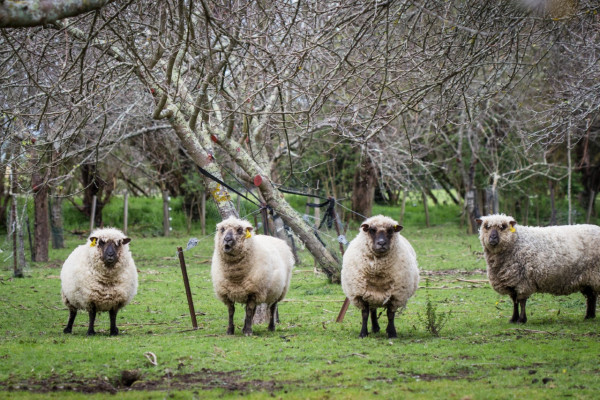
Practices like these mean Trevor is heavily reliant on nature and manual processes that minimise TeePee Cider’s impact on the environment. “Our whole ethos is working with nature, so we make a cider once a year from cider apples, perry pears. We do everything ourselves,” he explains. “We want to be part of the land; we want to feel it.”
There’s a benefit to the end product of these processes as well, particularly during what’s called the rack and cloth press. TeePee Cider uses wild fermentation, involving yeast that are pre-seeded and live predominantly within the cloth, which activate when the juices of the apple are pressed. “We make what's called cheeses of the apple pulp, between racks, which are boards, and cloths. You wrap them up and you press it. And the yeast lives in that. So, each year, they've already been pre-seeded and the fermentation starts spontaneously,” he says. The end benefit, he adds, is a broader flavour profile in comparison to commercial yeasts, which are more one-dimensional.
The trade-off is that fermentation can last from six months to a year rather than a few weeks. Not that it’s of any mind to Trevor; he’s perfectly content with his slow-and-steady business, which is in-step with his retirement lifestyle.
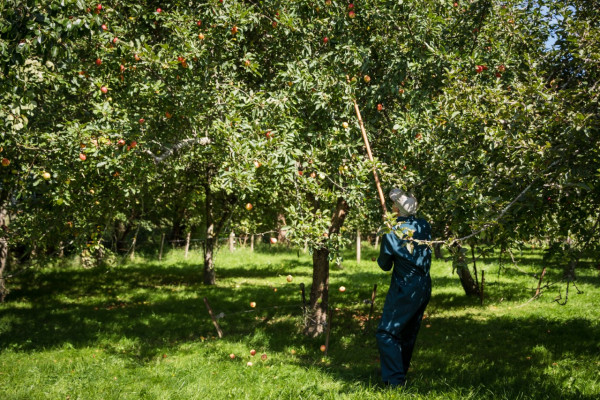
The final historical component of Trevor’s cider is its sparkling nature. Unbeknownst to some, Champagne was in fact invented by the British for cider around 1650, 80 years before the French bottled their own. This is in part due to the type of glass used. “It was another 80 years before the French could get around to bottling Champagne. In fact, it was forbidden to put champagne into bottles, because the French could only get weak glass, and they were very jealous of the English glass. They sent spies across to try and work out how to do it, until they finally got there,” Trevor explains. The dark-coloured glass bottles Champagne is typically stored in today are a direct result of the ban on wood-based glass production imposed by King Charles I. Consequently, the English gentry turned to coal for fuel and glass production and inadvertently developed a ‘dirty-coloured’ glass, which blocked out the sunlight and was also incredibly strong, making it ideal for bottles.
Lord Scudamore realised that these glass bottles were perfect for cider because the cider would often re-ferment. “Then they found, if you add a bit more sugar to it, and sugar had just come in from the Caribbean, you really get a good fizz,” explains Trevor. “And then they found that if you added a bit more sugar to Champagne, which was a still wine in those days, you got a fizz in that too.”
TeePee Cider mimic this process by re-fermenting its cider in the bottle with a Champagne yeast and a ‘nutmeg’ of sugar and ageing on its lees for another four years, resulting in a cider that is as authentic as possible and of the highest quality.
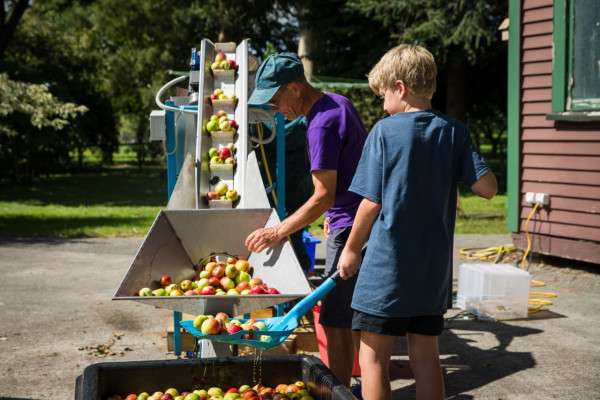
The time, energy and money that Trevor invests into re-creating this age-old process means the cider is available to the public in only very small quantities, making it all the more special if you can get your hands on it. “Just pop it in the fridge like you would a bottle of sparkling wine or Champagne, for a special occasion,” says Trevor.
On that note, what do you pair with a cider as special as The Earl’s Drop? According to Trevor, it pairs really nicely with a whole range of food. “You think it could be overpowering, but no. It cuts through fat well. So, if you think of pork, that’s a perfect pairing. It also works really well with blue cheese. All cheese, really,” he says. “And it works well with curries. The tannins balance the strong flavours of the curry.”
Unlike the successful radiology practice he co-founded decades ago, which has since become the biggest in New Zealand, Trevor has no plans to grow TeePee Cider or sell the business. You might say he’s reached his own golden age in retirement, doing exactly what he wants to do and loving it. “At the moment, it's just me and my wife and friends who help us out. And that's how we're going to stay,” he says. “It's very much a passion. We enjoy doing it, and we enjoy people enjoying our cider.”
If you want to enjoy TeePee Cider for yourself or learn more about the history of cider, visit teepeecider.co.nz You can also catch TeePee Cider later this year at the NZ Cider Festival in Nelson.
Facebook: @artisancider
Instagram: @teepee_cider
latest issue:
Issue #114
Autumn has arrived, and with it, the latest issue of dish, jam-packed with recipes that will have you fizzing to get in the kitchen! With a long Easter lunch featuring perfectly pink, blushing roast leg of lamb and wildly decadent baked mashed potatoes with caramelised onions, to simply scrumptious chocolate treats and sensational seasonal baking this issue has you covered - we reckon the Hot Cross Buns are our best yet! Salads make way for soothing soups, pies, puddings and our cover star beef cheek ragù with spaghetti – a must-make dinner for family and friends. With over 60 recipes in our latest issue there’s plenty of inspiration to keep you busy – and well-fed! Don’t forget to share your dish dishes with our Facebook community.

